
Throughout history, horses have been serving as vital transporters along the ancient Silk Road and indispensable assets for trade and military campaigns across the Hexi Corridor in northwest China's Gansu Province. In 138 B.C., envoy Zhang Qian embarked on his first diplomatic mission to the Western Regions. By 119 B.C., General Huo Qubing of the Western Han dynasty (202 BC-8 AD) had triumphed at Mount Langjuxu.
From pioneering the Western Regions to repelling the Xiongnu (a nomadic tribe) invasions, the Western Han dynasty has not only strengthened its economy and frontier defenses, but also advanced agricultural exchange and ethnic culture integration between the Hexi Corridor and lands beyond Gansu through its strategic deployment of horses along the borders.
Today, the Bronze Galloping Horse, which was unearthed in Wuwei city of Gansu in 1969 and famously known as "Bronze Galloping Horse Treading on a Flying Swallow", was designated China's tourism symbol in 1983.
Meanwhile, the Courier Mural housed in the Gansu Provincial Museum has become the unofficial emblem of China Post. Horses thus stand as enduring witnesses to social progress and regional unity. Recently, the Dao Zhonghua media team has visited Gansu's equestrian heritage through sites including the Gansu Provincial Museum in Lanzhou, Leitai Tomb of the Eastern Han Dynasty (25-220 AD) in Wuwei, and Shandan Horse Ranch in Zhangye, tracing the indelible hoofprints left across the region's history.
Photo taken shows the iconic artifact of Bronze Galloping Horse Treading on a Flying Swallow exhibited at Gansu Provincial Museum in Lanzhou, northwest China's Gansu Province. (China News Network/ Xue Lingqiao)

Photo taken shows the iconic artifact of Bronze Galloping Horse Treading on a Flying Swallow exhibited at Gansu Provincial Museum in Lanzhou, northwest China's Gansu Province. (China News Network/ Xue Lingqiao)

Photo taken shows the iconic artifact of a mural featuring a courier displayed at Gansu Provincial Museum in Lanzhou, northwest China's Gansu Province. (China News Network/ Xue Lingqiao)

Photo taken shows the statue of Bronze Galloping Horse Treading on a Flying Swallow placed at Leitai Tomb of the Eastern Han Dynasty (25-220 AD) in Wuwei, northwest China's Gansu Province. (China News Network/ Xue Lingqiao)

Photo taken shows a replica of a wooden horse sit at the gallery house of Leitai Tomb of the Eastern Han Dynasty (25-220 AD) in Wuwei, northwest China's Gansu Province. (China News Network/ Xue Lingqiao)

Photo taken show a replica of bronze entourage at the site of Leitai Tomb of the Eastern Han Dynasty (25-220 AD) in Wuwei, northwest China's Gansu Province. (China News Network/ Xue Lingqiao)

Photo taken shows a fleeing horse in grey pottery at the gallery of Leitai Tomb of the Eastern Han Dynasty (25-220 AD) in Wuwei, northwest China's Gansu Province. (China News Network/ Xue Lingqiao)

Photo taken shows green glazed pottery horse at the gallery of Leitai Tomb of the Eastern Han Dynasty (25-220 AD) in Wuwei, northwest China's Gansu Province. (China News Network/ Xue Lingqiao)

Photo taken shows the galloping horses at Shandan Horse Ranch in Zhangye, northwest China's Gansu Province. (China News Network/ Xue Lingqiao)

Photo taken shows the galloping horses at Shandan Horse Ranch in Zhangye, northwest China's Gansu Province. (China News Network/ Xue Lingqiao)


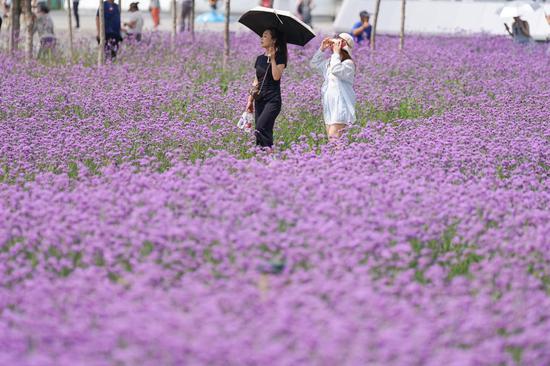
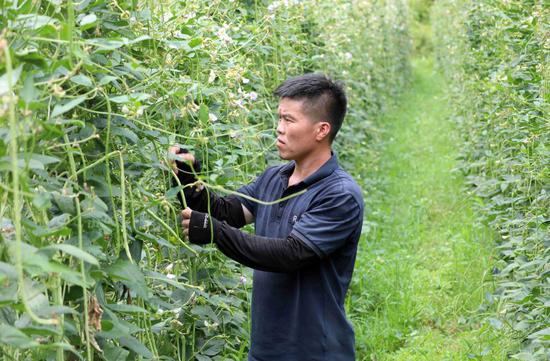
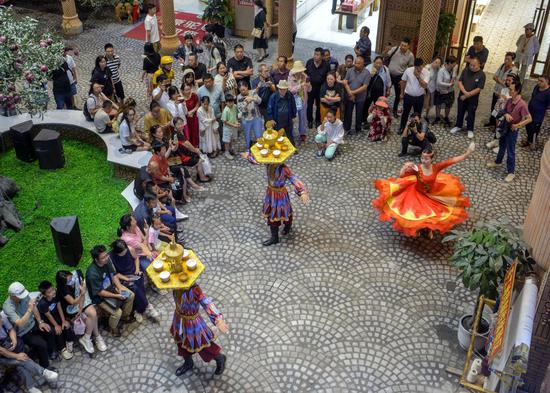














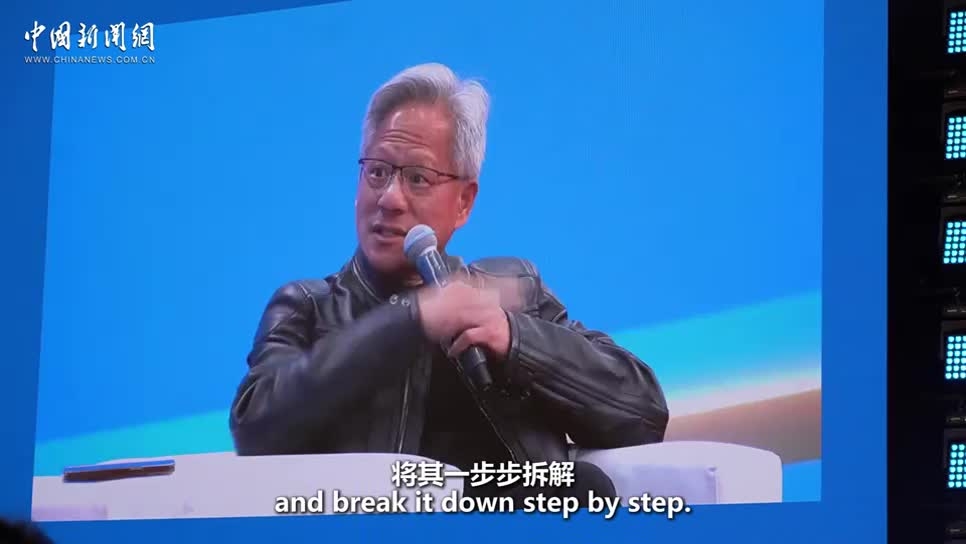

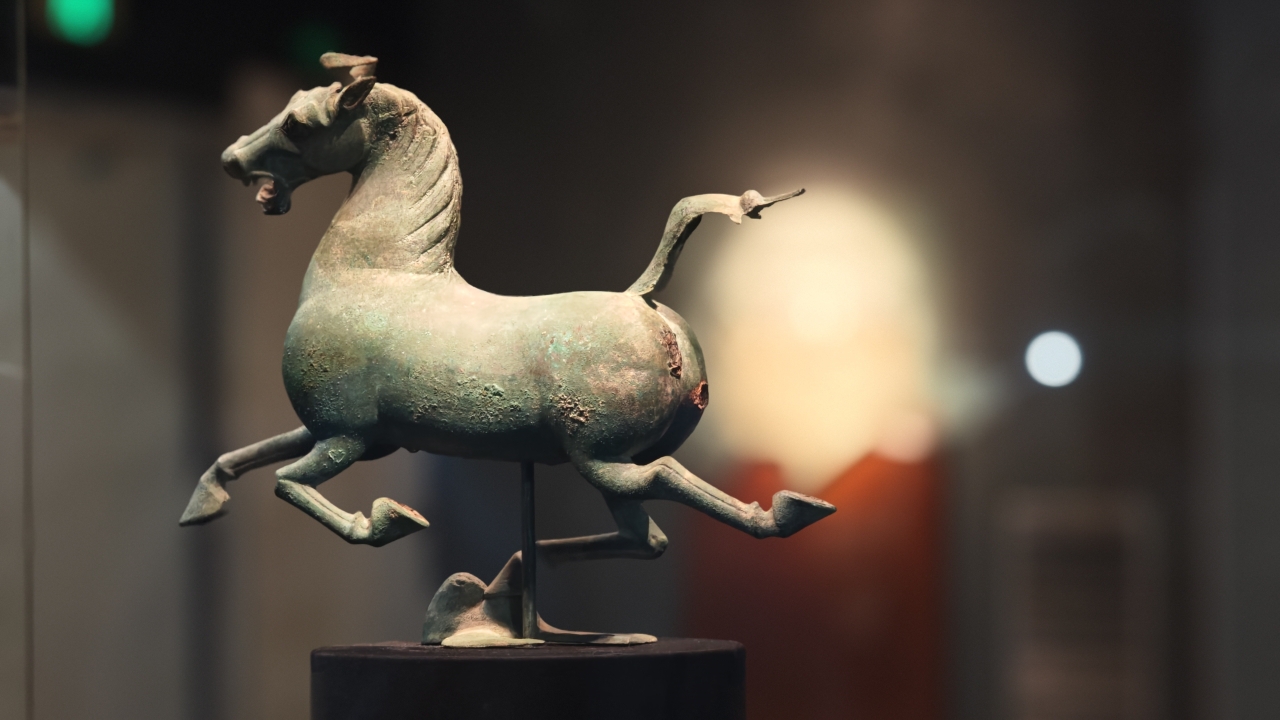

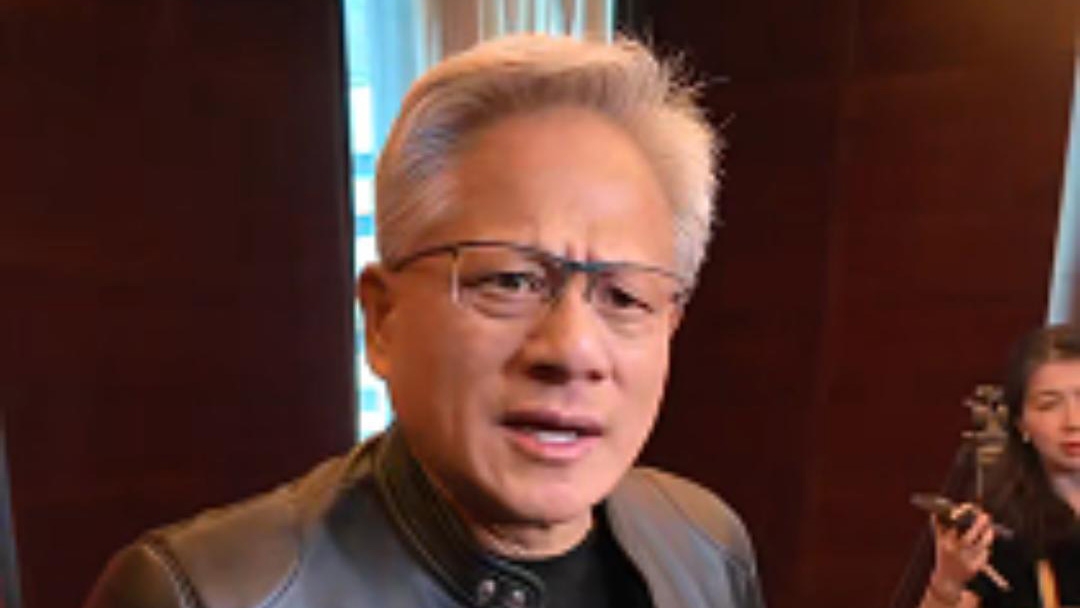






 京公網安備 11010202009201號] [京ICP備05004340號-1]
京公網安備 11010202009201號] [京ICP備05004340號-1]